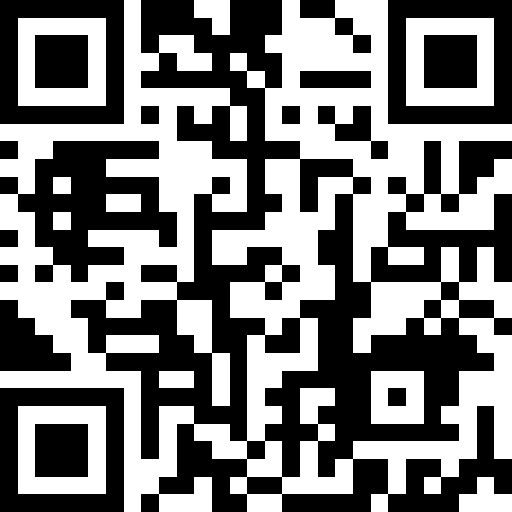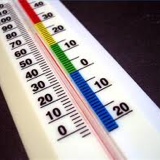Information
-
General Contractor name
-
Jobsite
-
Conducted on
-
Prepared by
-
Area of inspection, i.e. forth floor or penthouse, etc.
-
Lead or Foreman
1. House keeping
-
1.1. Materials and debris not allowed to accumulate?
-
1.2. Clear access to and from job task maintained?
-
1.3. Work area has sufficient safe lighting?
2. Equipment Inspection
-
2.1. Has equipment been inspected before use and documented?
-
2.2. Operators and others using seat belt or tied off in equipment?
-
2.4. Are operators current with training and license ?
-
2.5. Equipment left in safe condition and placement?
3. Scaffolds
-
3.3. Has a safety inspection been completed before we access the scaffold?
-
3.4. Is a ladder or ladder bucks provided for safe access
-
3.5. Scaffold fully planked and complete guardrail system?
4. Lifting Equipment
-
4.1. Is there any load lifting activities today- if no close this section.
-
4.2 Are loads kept from overhead of employees?
-
4.3. Has rigging equipment been inspected and documented at least 1X monthly?
-
4.4. Are riggers certified with current validation?
-
4.5. Swing area barricaded and not closer than 15 feet from overhead electrical?
5. PFAS (arresting and restraint)
-
5.1. Are falling tools concerns protected with ground barricade or tool tethers?
-
5.2. Proper selection of connector for height working?
-
5.3. Harness components are inspected before each use?
-
5.4. Are anchor point adequate to hold 5000 lbs?
-
5.5. Has a rescue plan been discussed with team?
6. Ladders
-
6.1. Have ladders been inspected for damage?
-
6.2. Unsafe positioning of ladders? i.e. using a ladder other than intended by manufacturer, blocking a doorway?
-
6.3. Ladder not properly secured?
-
6.4. Ladder unsuitable for job? (i.e. other than heavy duty- so no green color ladders by Werner) ?
7. Protection from repetitious manual tasks
-
7.1. Are provisions given to ergonomics of each manual task?
-
7.2. Are there adequate workers to rotate during manual labor?
-
7.4. When carrying long loads, (8 foot or more) are 2 employees utilized?
8. Hazardous Chemical (including fuel and oil)
-
8.1. Is SDS chemical information available to team?
-
8.2. Is a fire extinguishers readily available if working with flammable chemicals?
-
8.3. Are emergency procedures in place, i.e. fire extinguishers and spill containment when required?
-
8.4. Are flammable chemicals in a cabinet or less than 25 gallons in one area?
-
8.5. Are employees using proper safety methods under SDS guideline?
11. Personal Protective Equipment (PPE)
-
11.1. Is proper PPE available to employees?
-
11.2. Are employees using PPE correctly and caring for same?
-
11.3. Is all PPE used as per GC and JT Murphy requirements?
12. Silica Protection
-
12.1. Does your task produce silica dust? If no close this section.
-
12.2. Are table 1 safety methods being used to eliminate dust hazard?
-
12.3. When cutting, chipping or grinding are 2 forms of face/eye protection used?
13. Electrical Hazards
-
13.1. Have cords and tools been inspected prior to use?
-
13.2. GFCI used with every electrical cord and tool?
-
13.3. Are cords place so not to create a trip hazard?
-
13.4. Electrical cords kept safe away from water?
-
13.5. Electrical cords safely kept away from flammables?
-
13.6. Electrical cords not placed over sharp objects
14. Employee wellness
-
14.1. Areas available to cool down or warm up during extreme weather conditions?
-
14.3. Drinking water available for all employees on site?
-
14.4. Emergency evacuation plan is active and understood by employees?
15. Administrative Procedures
-
15.1. Is there an SSSP written for job and understood by team?
-
15.3. Is there at least one competent person on site while work is active? Who?
-
15.4. Is competent person adequately trained for task?
-
15.5. Has a safe work plan been written and reviewed by team for high risk tasks?
-
15.7. Have safety tool box talks been completed this week and provided to GC?
Corrective Actions
-
Enter any corrective actions that will be undertaken
Sign Off
-
On site representative
-
Auditor's signature
















